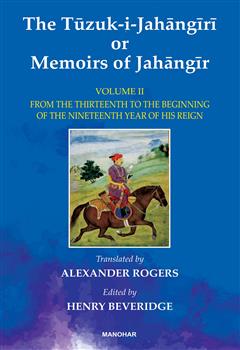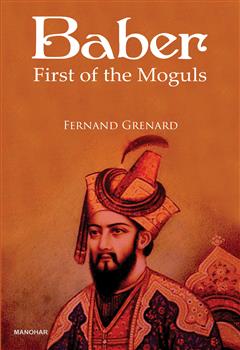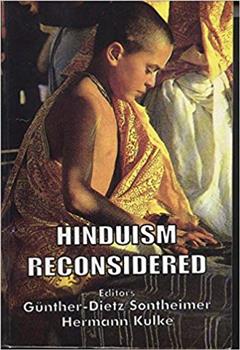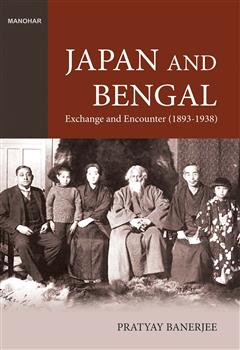History
Featured Products
Hand-Book on Rajputs: History and Origin, Geographical Distribution, Religion, Custom and Festivals
₹707.05
M.R.P.:₹ 895.00
You Save: ₹187.95 (21.00% OFF)
A Comprehensive History of India (Vol. IV, Part 2)
₹1,228.15
M.R.P.:₹ 1,595.00
You Save: ₹366.85 (23.00% OFF)
The Tuzuk-i-Jahangiri or Memoirs of Jahangir: From the Thirteenth to the Beginning of the Nineteenth Year of His Reign (Vol. II)
₹508.80
M.R.P.:₹ 795.00
You Save: ₹286.20 (36.00% OFF)
Periodicals, Readers and the Making of a Modern Literary Culture: Bengal at the Turn of the Twentieth Century
₹1,383.35
M.R.P.:₹ 1,895.00
You Save: ₹511.65 (27.00% OFF)
Japan and Bengal: Exchange and Encounter (1893-1938)
₹1,180.30
M.R.P.:₹ 1,595.00
You Save: ₹414.70 (26.00% OFF)











